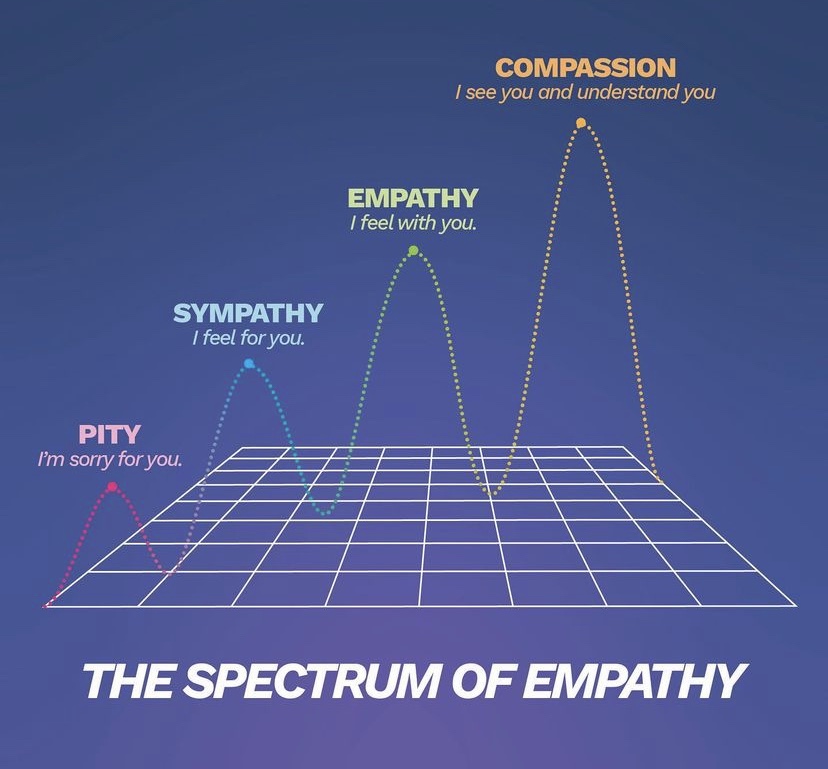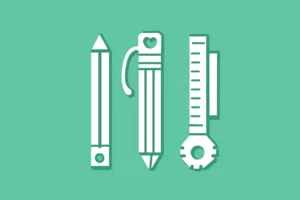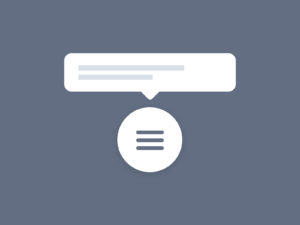The complexity of UX projects can cause teams to feel that success is unlikely. Although streamlining the UX of any system is a difficult task, if done right, it has a lot of downstream positive impact. And all functions of the team need to play their part even if they think UX is challenging. The value of UX is not well understood by many product teams. They often view UX as a necessary evil — a cost that must be paid in order to get feature development done. One reason for this is that product teams don’t have a clear understanding of what they’ll receive. Or in some cases, they have not seen the value of UX in the past.
Some product teams are focused on building the best product, while others are focused on their KPIs. Many are focused on both, but may not have the skills required to build the best product. Building the best product means creating an experience that users fall in love with. And this ties really well with the product market fit. Reminds me of Steve Jobs’ quote on functional design.
Another reason for UX being difficult is that UX is hard to measure. Oftentimes, there are no clear metrics of success — the impact in terms of functionality and business metrics is in the future and takes months or years to measure. The impact of product development in the short-term is easier to measure, and the short-term goals of the business often take precedence. This is not a UX problem, it’s a business one. The problem is that the businesses don’t have a clear understanding of the impact that short-term decisions have on the long-term health of the business.
UX is not an easy job. It is a challenging but a rewarding job. A good UX designer is a skilled problem solver, a creative thinker, and a user advocate. They think about how people will use the product, and they make sure that the solutions are aligned with the goals of the business as well as solutions that can be shipped faster.
UX designers need to empathize with not only the users but the engineers as well. As a UX designer, you should create designs that solve the problems of the users, but remember, if it’s going to take 3 years to build, it’s probably not worth it. So be more compassionate towards engineers. Understand the requirements, constraints and timeline from their side.


UX designers face an uphill battle to educate product teams about the value of UX and to make sure they are engaged in the process. This is why we’re starting a series of articles on UX problem-solving. In this series, we’ll provide you with a comprehensive understanding of best UX practices, drawing from our experience of UX in organizations of all sizes.
— Your friends at UXPickle.com




